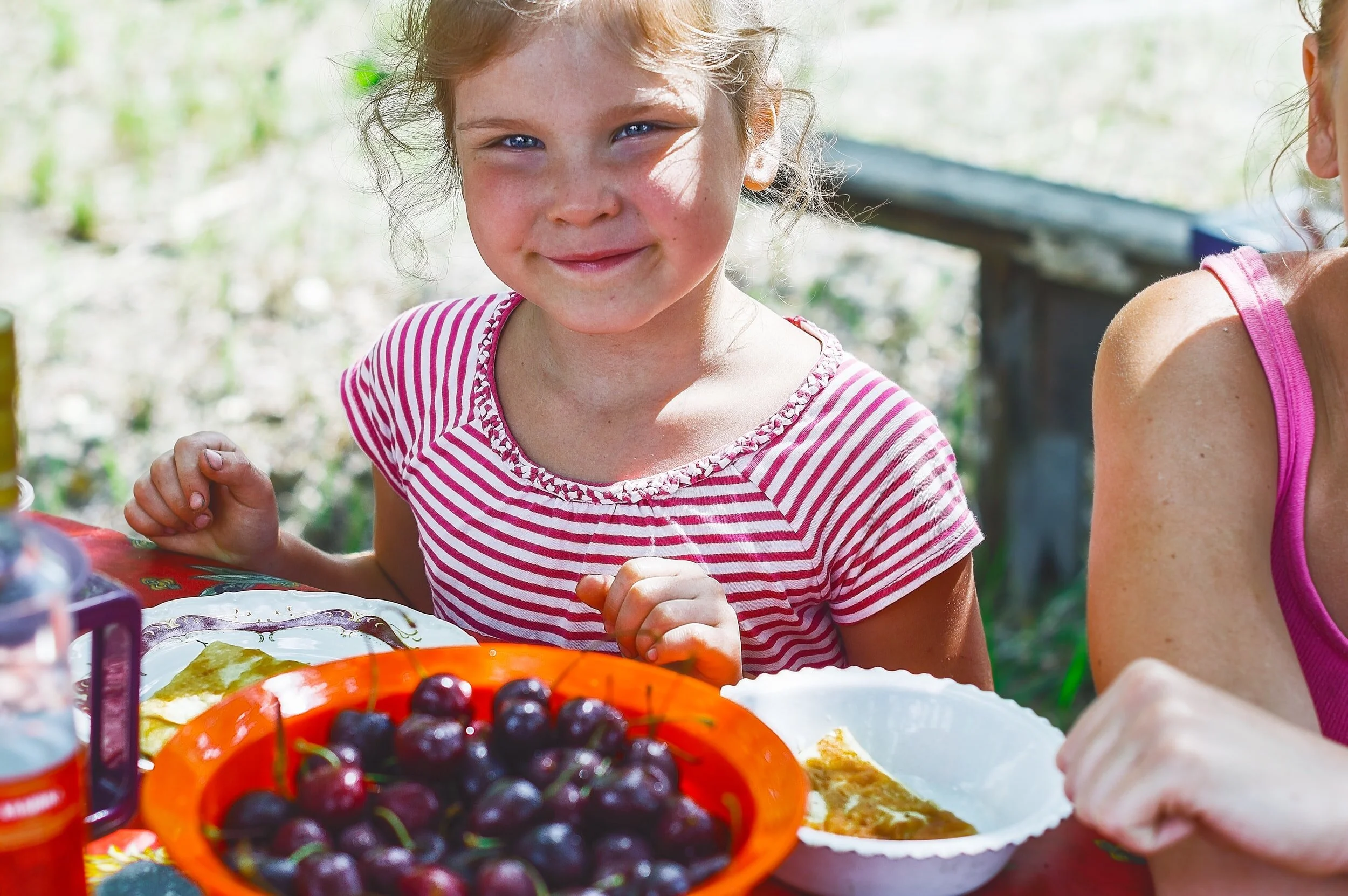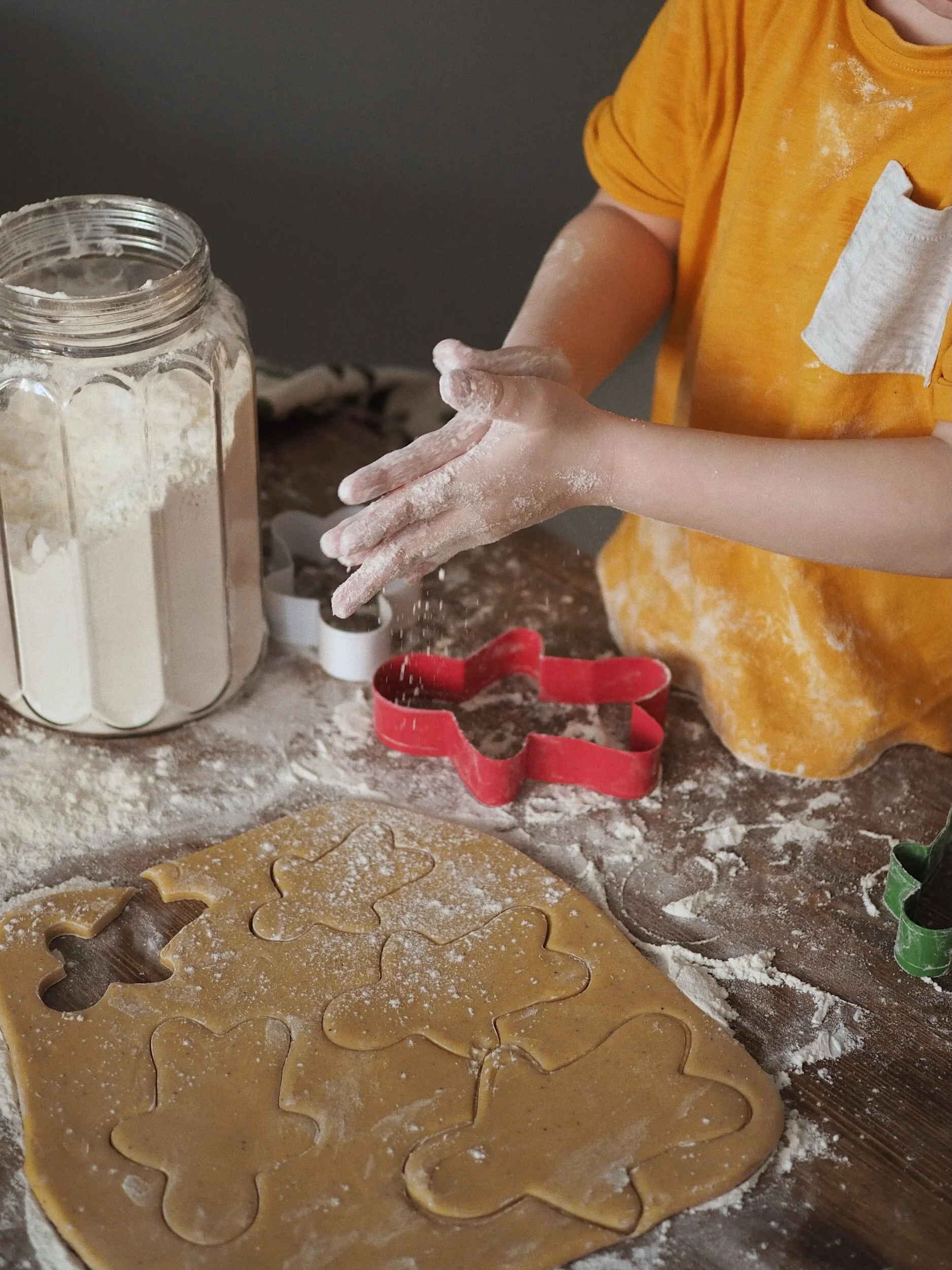Fussy Eaters - Steps to Encourage Positive Eating Habits for Children
Making sure the kids are eating well and enough to fill their bellies can be testing times for families. For some it can be a real challenge but as we know every child is different and within a family of siblings, one can love their grub whereas another – well it can be a battleground. Also, what I have experienced as a fussy eater may be another parent’s joy!
When I asked my Parent Support Community if there was a fussy eater at home 86% yes while 14% said no.
Young children are developing their own personalities and temperaments and in some cases food refusal is their way of exerting their independence or gaining attention which is very normal.
For the older child, from the older primary school from 5th class and right through secondary school, eating becomes a social activity in this stage of life. Our children probably spend more time in school than they do at home; it can be difficult to ensure they are getting adequate nutrition when you are not around to monitor their choices, however, you can ensure that your children’s diet is as nutritious and wholesome as possible, creating healthy eating habits for your child even while allowing for some of their favourite treats.
As a parent to three children of various ages and eating preferences I know how much of a challenge and worry it can be, I have also learned over the years how much and when I need to pay attention to their eating habits and how to change things up too! I’m aware it’s not an overnight win but it needs to start with the parent or caregiver to know what is a healthy eating habit and then the children will follow.
“The National Children’s Food Survey published in 2019 found that the majority of parents (70%) found it sometimes difficult to provide a healthy diet for their child, with the main perceived barriers being: ‘the child’s likes or dislikes’ (64% of parents), ‘convenience’ (40%), ‘other people minding your child’ (39%) and ‘food advertising’ (34%)”
10 Ways to Encourage Healthy Eating Habits for your Kids
This blog aims to show you how to teach your child healthy eating habits and to overcome or avoid fussy eating in a number of ways:
1. Children’s nutritional requirements
2. Food refusal
3. What to do to encourage positive eating habits
Children’s Nutritional Requirements - How much food do children need to eat?
Some of the main challenges parents and caregivers have reported recently on my Parent Support community with regards to fussy eating or a change in eating habits for their children are; their child not eating fruit or vegetables, refusal to try new foods, worrying if they getting the nutrients they need, feeling like the kids are getting the same things all the time, constantly asking for snacks, actually sitting down at the table and the parent or caregiver themselves trying to keep calm.
Some problem areas that I have come across over the years of supporting families and with my own children refusing foods can be caused by external factor such as; distractions at mealtimes in the form of TV being on, toys at the table, minimal routine around mealtimes or sitting anywhere but the kitchen table, filling up on drinks or snacks prior to mealtimes, avoiding offering the foods they don’t like, as well as the parents worrying.
While nutritional requirements are high for children on the amount they should be eating, that in itself can put pressure on families, so when they are refusing the wholesome foods it then becomes frustrating for the parent and they can often feel at a loss of what to do!
However Caroline of Solid Start did share that, “There are a range of nutritional requirements for macro (energy, carbohydrate, protein and fat) and micronutrients (vitamins and minerals) for children of all ages. Dietary reference values for these vary between countries. And so parents may notice differences in recommendations depending on where they access their information. The HSE and Department of Health issued new recommendations last year for children aged 1- 4 years and there are long-standing recommendations for children aged 4+. These are population based recommendations. Just because a child isn't eating the recommended number of servings from each group doesn't mean they're not meeting their nutritional requirements. If parents are worried about their child's nutritional intake then I recommend consulting with a registered dietitian.”
PORTION SIZES
If you are unsure of what portion size you should be serving your child here are some useful and clear guides from the HSE:
What you need to know about portion sizes
Food portion sizes for 1 to 4 year olds
My Child is Refusing Food – what to encourage & what to avoid?
Sometimes children refusing food evolves because we as parents or caregivers worry and so spend a lot of our time and attention on mealtimes urging them to eat.
All children whether they are at the toddler stage or at pre-teen age refuse to eat their meals at times and some regularly refuse to eat.
However, the vast majority of children with fussy eating habits grow up healthily and well. In the long term fussy eating tends to fade and children change their eating habits at different developmental points often influenced by peer groups when in school or become an adolescent. So try not to get too stressed about creating healthy eating habits for your child if you experience ups and downs.
Caroline did share that “Children are amazingly resilient and even those on quite restrictive diets can meet their basic nutritional needs. As a dietitian I get concerned about children who are eating less than 20 foods in total and those who are excluding an entire food group. For example, children who are eating NO fruits or vegetables including fruit juice may need supplementation. A child who eats fruit but not vegetables will compensate as these are in the same food group”.
If for any reason you are concerned about your child’s eating patterns or reluctance to eat - here is a blog written by Dr Colman Noctor for the Irish mental health charity ‘A Lust for Life’ .
IF YOU ARE CONCERNED ABOUT YOUR CHILD'S FOOD INTAKE PLEASE CHECK IN WITH YOUR GP OR A QUALIFIED DIETICIAN
When I am working with parents and caregivers, a lot of the time they are feeling the pressure and anxiety around mealtimes, to help with that, here are my tips on how to teach your child healthy eating habits and improve mealtime experiences.
How to teach your child healthy eating habits
1.TAKE THE PRESSURE OF YOU AND YOUR CHILD
Mealtimes can be extremely challenging as pressure, upset and tears at the table are often the result of children fussing or refusing foods. The more attention that is paid and insisting on food being eaten the more often families find themselves in a cycle of negativity around mealtimes. Allow yourself to take the pressure off. I know this is easier said than done, but this will be the foundation for creating healthy eating habits for your child.
2. PARENT PROVIDES – CHILD DECIDES
One approach that I have found really helpful with my own children is serving other nutritional and healthy foods they enjoy alongside their meal (and maybe there is something on the plate that they don’t like), offering up this option allows the children have a positive eating experience as they are in control of what they eat and so it breaks the habit of that pressure often associated with mealtimes!
3. ALLOW YOUR CHILD TO HAVE LIKES AND DISLIKES
Just like adults, children can have certain food dislikes, decide together what can be left out for the time being. Listen carefully to what they like and dislike. Make a list together and put them into categories of ‘what he likes’, ‘what he thinks are ok’ and ‘what he doesn’t like at the moment’. From an educational perspective, if they are learning about the food pyramid, get them to pick a couple of foods from each level. If you follow this approach your child will feel listened to and be more open to trying new foods.
4. ADAPT TO YOUR CHILD’S EATING STYLE
A lot of parents and caregivers like to know that their child is eating 3 square meals a day, however developmentally young children in particular tend to have a more limited range of food than adults, which still covers the RDA , also your child might be more of a grazer, eating ‘little and often’. They may have a preference for texture or taste, for example offering raw, sweet and crunchy carrots as opposed to soft cooked ones. Just remember to serve food in the appropriate way suitable for your child’s age to avoid any choking hazards.
5. ENCOURAGE INDEPENDENCE & GET YOUR CHILD INVOLVED
Children tend to eat up if they are allowed to serve themselves and help in the meal preparation process. Small children can set the table, set the cooking timer and call others for dinner. Older children can be involved in preparing the weekend menu, creating the shopping list, helping with the food shop and buying the ingredients and preparing the food over a weekend. For example a pizza and chopped potatoes for chips. Self-serving whilst eating a family style meal can also be a great way to encourage food consumption. Like when having a BBQ with salads, bread and fruits or a Mexican meal like fajitas.
6. ENCOURAGE PEER MODELLING
Children enjoy eating with other children and adults can encourage this, for example picnics and BBQ’s during the summer, children are influenced by their peers and family sitting together at mealtimes and this is more apparent and real the older they get.
7. BE A POSITIVE ROLE MODEL
In the long term, children and young adults are most likely to learn from how we behave rather than what we tell them. The more we can be a role model about healthy eating habits the better. When our children see us eating healthy food they are most likely to be influenced by this and this will help them create healthy eating habits.
8. HAVE REGULAR MEALTIMES FOR YOUR CHILD
Keep mealtimes regular and familiar, children work well on a routine, it creates a rhythm, predictability and knowing what’s going to happen next.
Offer 3 main meals a day at the similar time with 2-3 snacks spaced between pending age – this allows children to differentiate between meals and snacks.
A good meal routine encourages an appetite. If your child eats meals at the same time every day it will help them adapt their appetite at mealtimes.
9. EATING TOGETHER AS A FAMILY
I know this can be testing times but make the meal table relaxed and enjoyable, free of pressure or tension.
Wherever possible allow your children to eat with you, children watch how adults eat. Family mealtimes offer an excellent opportunity to teach children good eating patterns as well as a time to connect and talk to one another.
Serve both adults and children at the same time, children learn through observing and their natural desire to copy.
Minimise distractions by turning off TV, removing phones and games consoles, and discourage eating meals or snacks while watching TV.
If you are eating later, still eat something small with your child as a way of them having company.
Caroline has a great Blog that shares her insights on Family Dinner Rules she adds that children and adolescents who share family meals 3 or more times per week are more likely to:
Be in a normal weight range
Have healthier dietary and eating patterns (and less fussy eating)
Are less likely to engage in disordered eating
10. WHAT’S ON THE MENU?
Food preferences are all about familiarity of taste and experiences, children learn to like the food they are regularly exposed to. Caroline states that “many research studies have shown that repeated exposure is needed for food acceptance. When introducing new foods it should be recognised that they may need to be presented to infants on many occasions before they are accepted, particularly as infants get older (SACN 2018)”
Except for the early stages of weaning, it is recommended to prepare the same menu for both adults and children but avoid insisting on them eating.
Children will feel encouraged to try what everyone else is eating and this will help to introduce variety into his/her diet. It may not be an instant thing but the more we expose our children to a variety of foods frequently the more opportunities they have in trying them, Caroline advises “that while there is no definitive number of food exposures. The number of exposures to get to acceptance of a new food depends on the child and on the food! Some children won't eat a food despite seeing it repeatedly in childhood but will eat it as a teenager or adult. Exposure is key to food acceptance. And so therefore never give up offering your child family foods. The key thing to remember is to keep exposure to new foods pressure-free. If children are exposed to family foods in a low pressure environment at both mealtimes and outside of mealtimes through play they will learn to like most foods in their own time”.
Take time to teach your child about healthy eating, for example, food shopping, food prep and cooking, growing a veg plot, reading books together about healthy eating and cooking.
Learn more about establishing Positive Mealtime Habits for Children
“Parents are responsible for the what, when and where of feeding; children are responsible for the how much and whether of eating.”
USEFUL RESOURCES
There are some great Irish businesses that provide opportunities for families to learn more from the early stages of weaning to family meals and snack ideas, to the kids learning about foods and cooking their own meals. Here are some great accounts on Instagram if you are looking for inspiration.
Deirdre of the @thecoolfoodschool is a health coach and food educator, she not only hosts online cooking classes for kids but also has a great online shop too.
Cathy of @weaning.ie is a paediatric dietician and hosts her own weaning and feeding toddler webinars. She is a mum to three children too!
Laura of @hungry.munchkins also hosts her own baby weaning sessions and family cooking classes.
Aisling of @foodoppi is the family feeding expert and a TV chef, she has some great recipes on her Instagram page
@ciaraskitchen is another great online cookery school for adults and children - she also runs a number of kids cooking camps.
Caroline of @solidstart.ie who kindly contributed to this blog currently has her own online courses - ready, steady wean & feeding your toddler that can be purchased from her website.
Creating healthy eating habits for your child is a long-term process and takes a lot of patience, time and effort. There is no instant result for dealing with fussy eaters; it takes time, perseverance and consistency to make changes which will enable your child to have healthy eating habits and health benefits later in life.
If you are feeling overwhelmed or facing challenges with your children, I am here to help. I offer tailored 1 to 1 parent support sessions or corporate parenting talks. Get in touch with me today at aoife@parentsupport.ie, I offer eLearning Parenting Courses on Positive Parenting and Managing Screen Time & Device Use which will help support you in the challenges you may be facing.




